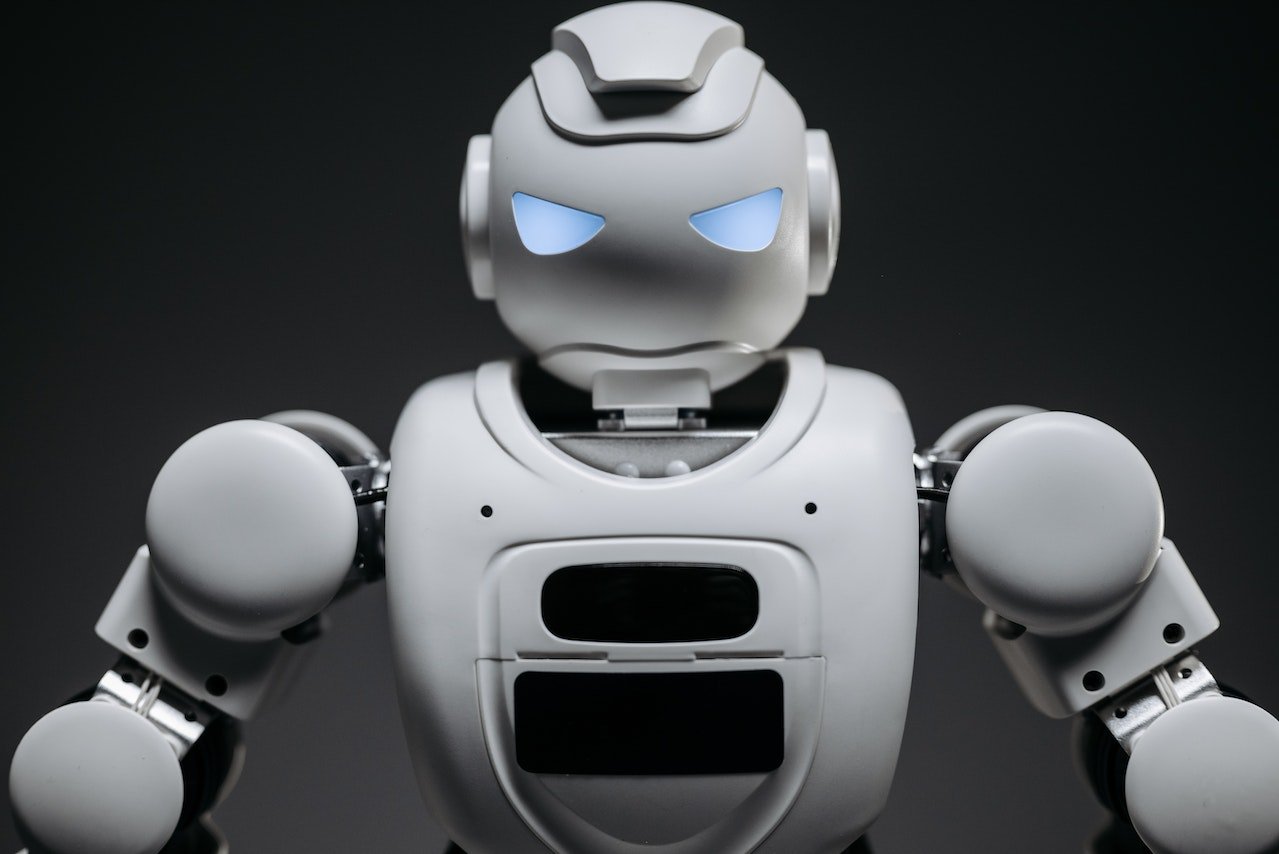Are you curious about Artificial Intelligence (AI) but feel overwhelmed by the technical jargon and complexities often associated with it? Don’t worry, you’re not alone as even people who have been using the Internet for the last two decades are a bit overwhelmed with this new AI buzz word that seems to be on the verge of destroying jobs and even relationships with the rise of digital avatars powered by AI.
While the rise of the Internet during the 1990s and early millennium had opened up the world and provided many conveniences to the common people as well as revolutionized how we communicate, do business and buy merchandise across international borders, unfortunately AI on the other hand seems to be on the verge of taking away jobs and is already causing fear among the people with emergences of inventions such as ChatGPT, deep fakes, robotics, AI avatars and the likes. In this beginner-friendly guide, we’ll unravel the mysteries of AI and explore its real-world applications in simple, easy-to-understand terms.
What is Artificial Intelligence?
At its core, Artificial Intelligence is like having a computer that can think and learn just like humans do. Imagine having a digital assistant that can understand your questions, learn from experience, and even make decisions on its own. That’s the essence of AI. This new technology can emerge as a new positive addition into people’s lives as some have already reported that they like having an AI friend or companion around whenever they feel lonely or need a quick answer to a current problem.
How Does Artificial Intelligence Work?
AI gets its power by analyzing large amounts of data and finding patterns in that data to make decisions or predictions on its own – what is known as Machine Learning. It’s like teaching a computer to recognize shapes, understand languages, or even drive a car by showing it lots of examples and letting it learn from them. This is a more advanced technology that was not prevalent in the Web 2.0 era where the algorithms that are programmed into websites or apps are only capable of reading, analyzing and processing the data according to what programmers program it to do. Now, the machines and software that we use are capable of thinking on its own and we can only guess how this technology can affect mankind.
Real-World Examples of Artificial Intelligence
Artificial Intelligence (AI) is already all around us, often in ways we might not even realize:
- Smart Assistants: You’ve probably heard of Siri, Alexa, or Google Assistant. These are AI-powered virtual assistants that can answer questions, set reminders, and even control smart home devices.
- Recommendation Systems: Ever noticed how Netflix suggests shows or movies you might like? That’s AI in action, analyzing your viewing habits to make personalized recommendations.
- Self-Driving Cars: Companies like Tesla are developing cars that can drive themselves using AI algorithms to interpret their surroundings and make driving decisions.
- Medical Diagnosis: AI is helping doctors diagnose diseases more accurately by analyzing medical images like X-rays and MRIs.
- Language Translation: Services like Google Translate use AI to translate text from one language to another, making communication across languages easier.
Why Should You Care About A Future Infused with Artificial Intelligence
AI has the potential to improve and transform our lives in countless ways, from making everyday tasks more convenient to advancing fields like healthcare, transportation, and education and other key industries that form our mega economies. By understanding the basics of AI, you can better appreciate the technologies shaping our world and even explore opportunities to leverage AI in your own endeavors and ventures.
As AI technologies automate tasks previously manually performed by humans, there is a risk of job displacement in certain industries. Jobs that involve routine or repetitive tasks are particularly vulnerable to automation, potentially leading to unemployment or shifts in the labor market. It is thus crucial that workers understand how AI could affect their current jobs and make the necessary adjustments or gain a new skillset in order to maintain their competitiveness in the job market.
AI systems learn from historical data, which may contain biases or reflect existing societal inequalities. Without careful consideration, AI algorithms can perpetuate or even exacerbate biases in decision-making processes, leading to unfair treatment or discrimination against certain groups of people. AI systems are also capable of manipulating data and using deception to achieve objectives just like how any normal human being is also capable of doing. People who are used to obtaining information from search engines and are now using AI in the same manner should thus be aware of these AI attributes.
Conclusion
Artificial Intelligence may seem like a complex and futuristic concept, but at its heart, it’s about using technology to make computers smarter and more helpful. If you look on the bright side, computers are actually designed to serve mankind and solve problems that we humans cannot do, so to have a totally negative perception of AI is not going to help anyone. Just imagine the state that we will be in now if we reject the use of email or refuse to buy things online just because a minority of people think that email will kill the postal service and online purchases will cause a few small and outdated businesses to go bankrupt.
Whether you’re intrigued by the possibilities of AI or simply want to better understand the technologies shaping our world, this beginner’s guide is just the beginning of your journey into the fascinating world of Artificial Intelligence. So, embrace your curiosity and dive in – the future of AI awaits!




